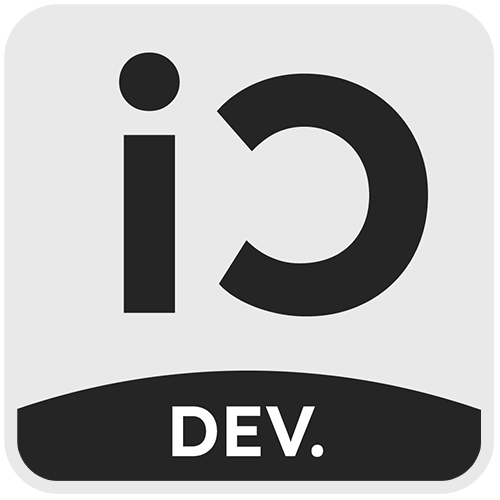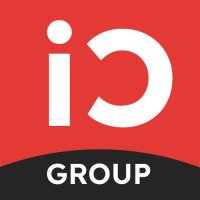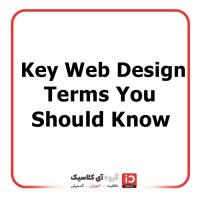Key Web Design Terms You Should Know
In the world of web design, understanding technical and common terms is crucial. These terms not only help you better grasp the design process but also improve your communication with designers and developers. In this article, we will introduce and explain key website design terms.
1. Domain
A domain is your website’s address on the internet. This address is usually associated with your brand or business name and includes extensions such as .com, .ir, or .org. For example: example.com. A domain is like your home address, guiding users to your website.
2. Host
A host, or web hosting, is the space on a server where your website's files and data are stored. The quality and speed of your hosting directly affect your website's performance and speed.
3. HTML (HyperText Markup Language)
HTML is the fundamental language for structuring web pages. It is used to define text, images, links, and other page elements. Without HTML, no web page can exist.
4. CSS (Cascading Style Sheets)
CSS is the language used to design a website’s appearance. It allows you to set colors, fonts, spacing, and other visual features. HTML and CSS work together to build and style a website.
5. JavaScript
JavaScript is a programming language that adds interactivity to your website. For example, sliders, interactive forms, and dropdown menus are all created using JavaScript.
6. Responsive Design
Responsive design ensures that a website displays correctly on different devices, such as mobile phones, tablets, and desktops. This feature is implemented using CSS and frameworks like Bootstrap.
7. CMS (Content Management System)
A Content Management System (CMS) is a tool that allows you to manage and edit website content without programming knowledge. Popular CMSs include WordPress, Joomla, and Drupal.
8. UI (User Interface)
The user interface consists of all the visual elements of a website that users interact with. UI design focuses on the aesthetics and simplicity of elements to create an enjoyable user experience.
9. UX (User Experience)
User experience refers to how users feel and interact with your website. The goal of UX is to design a simple and efficient path for users to reach their goals easily.
10. SEO (Search Engine Optimization)
SEO is a set of techniques to improve a website's ranking in search engines like Google. This process includes content optimization, keyword usage, link building, and increasing site speed.
11. Framework
A framework is a collection of tools and libraries that make the web design and development process faster and easier. Popular frameworks include Bootstrap for CSS and React for JavaScript.
12. Back-end
The back-end of a website refers to the server-side and database, which users do not see. The back-end is responsible for managing data, storing information, and processing user requests. Languages like PHP, Python, and Node.js are used for back-end development.
13. Front-end
The front-end is the part of a website that users directly interact with. HTML, CSS, and JavaScript are the main tools used for front-end development.
14. SSL (Secure Socket Layer)
An SSL certificate is a security protocol that encrypts communication between users and the server. Websites using SSL are displayed with a green lock icon in the browser.
15. Page Speed
Page speed refers to the time it takes for your website to load for users. This factor is crucial for both SEO and user experience.
Conclusion
Familiarity with common web design terms helps you better understand the design process and communicate more effectively with designers and developers. If you’re looking for a professional and unique website, the iClassic team is ready to assist you.



